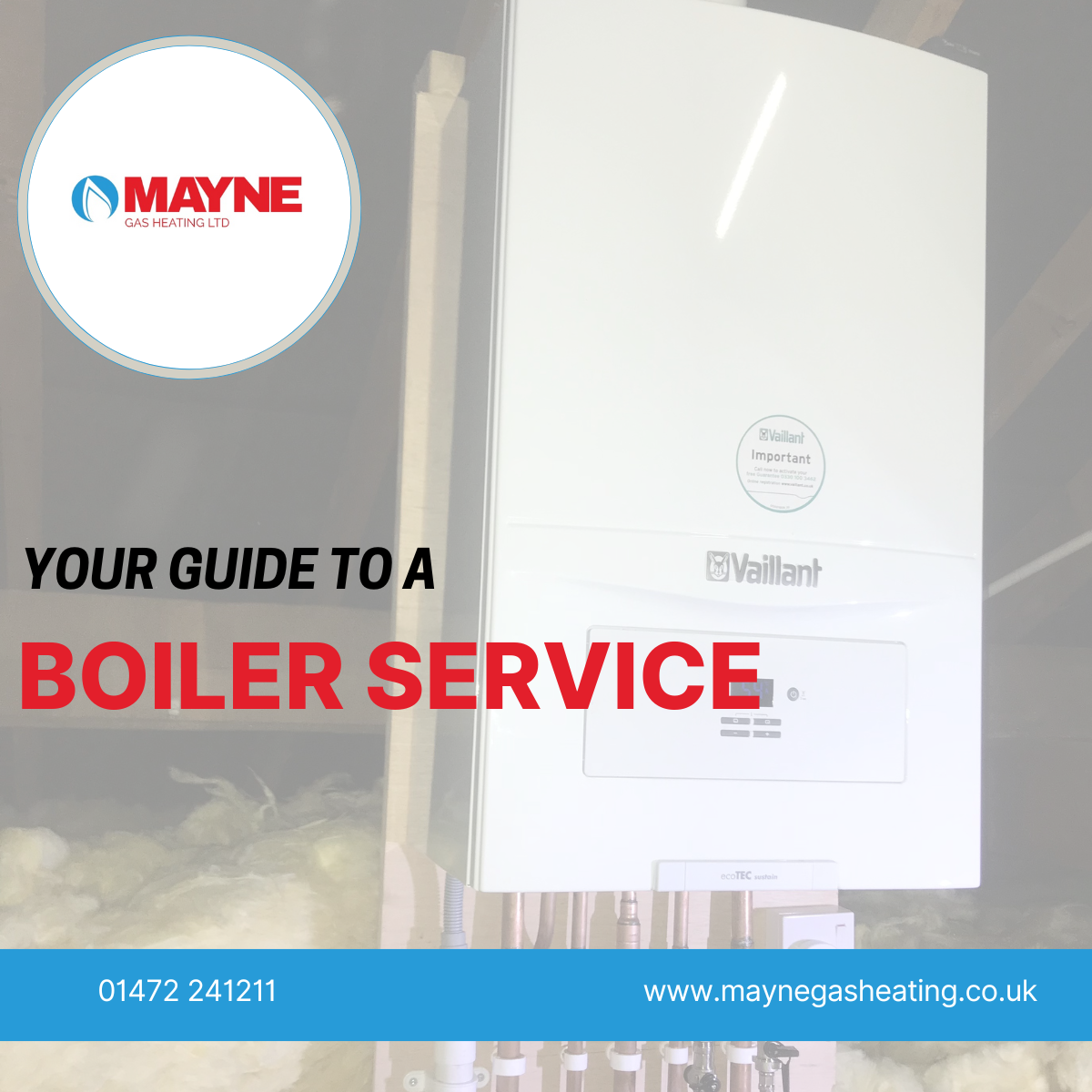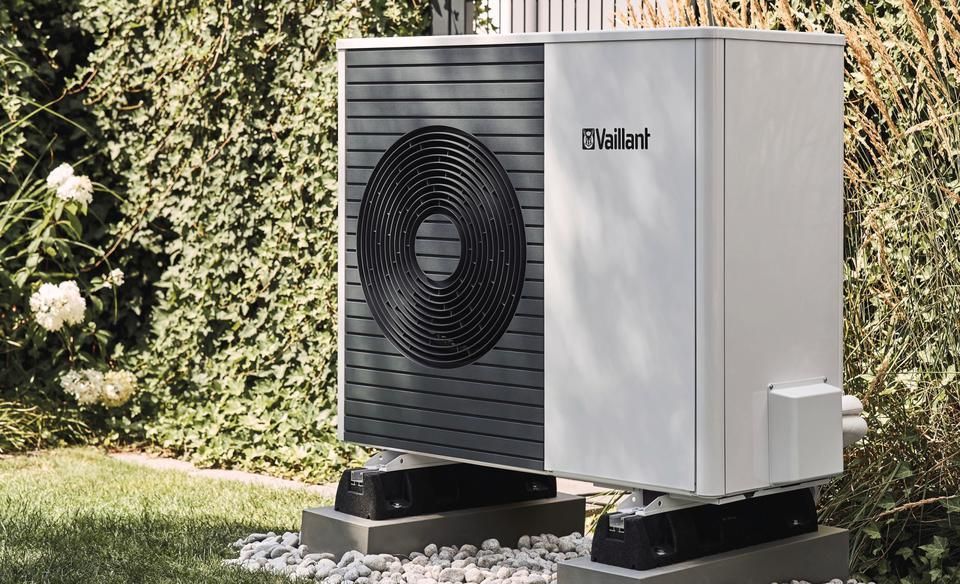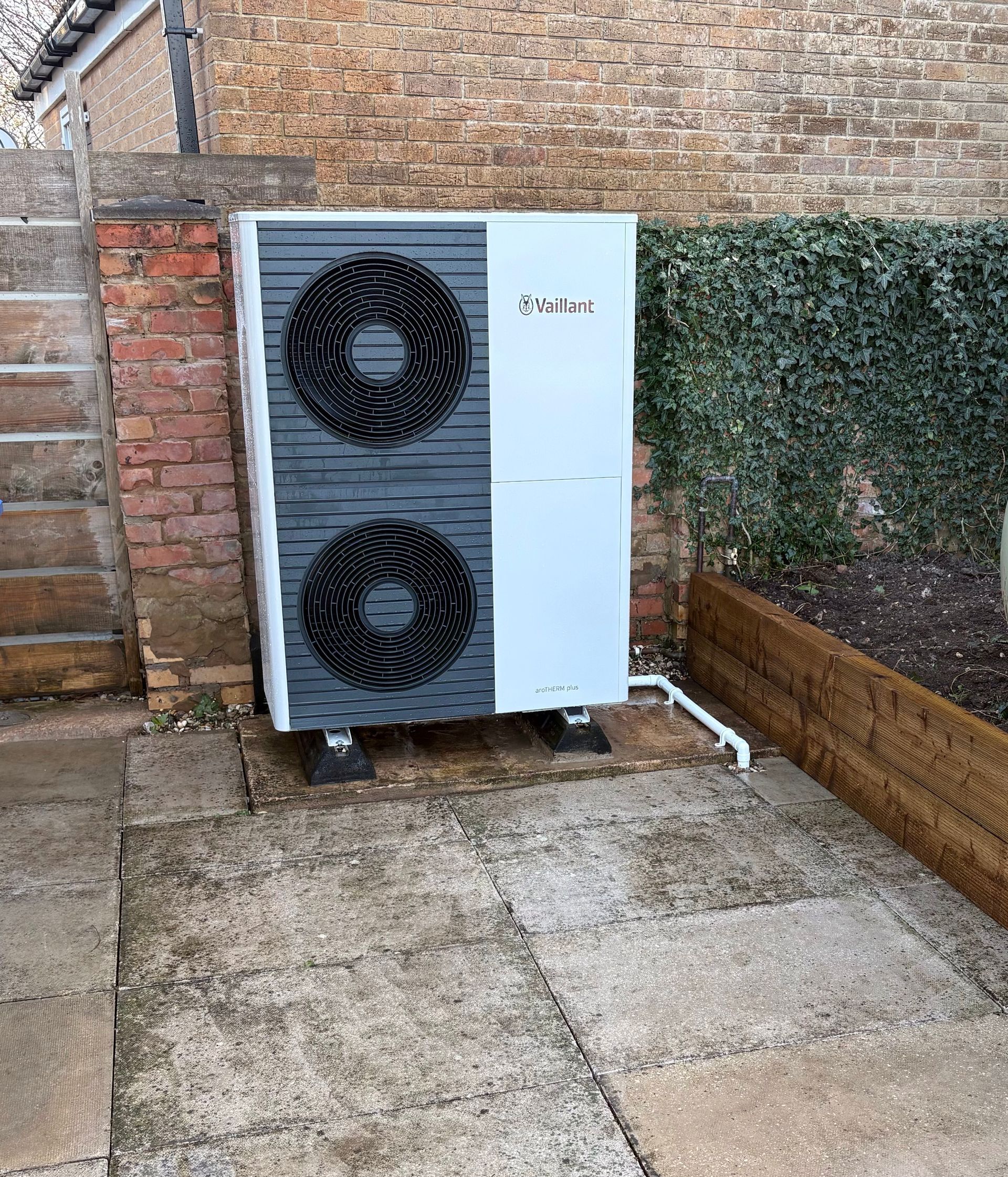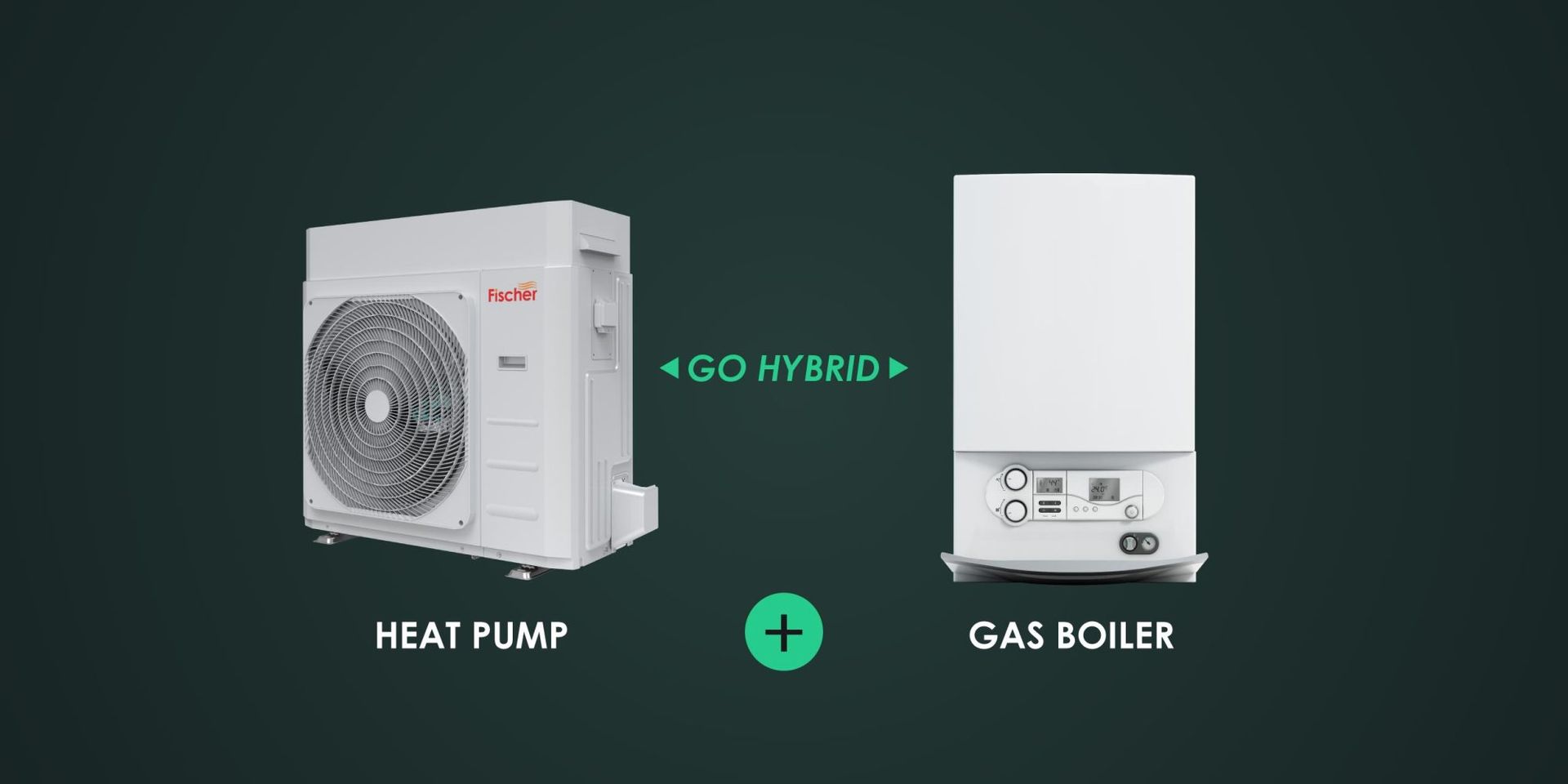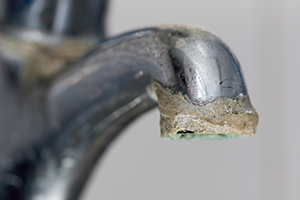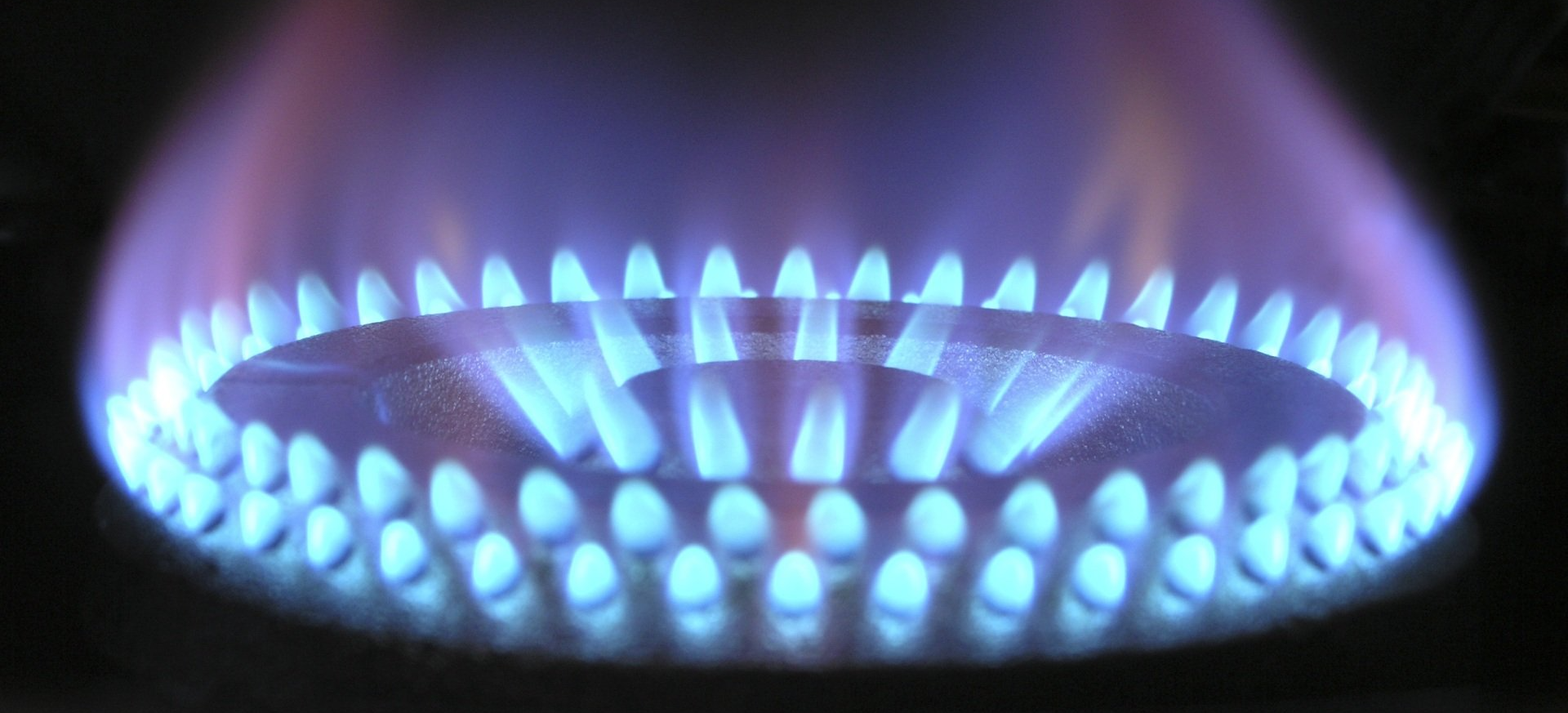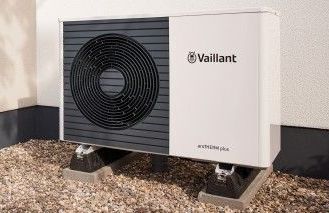The best heating system for your home
Moving to a new home or looking to upgrade your current heating system in your home? From gas to renewables, we give you an overview of the various heating systems available for your home in 2022!
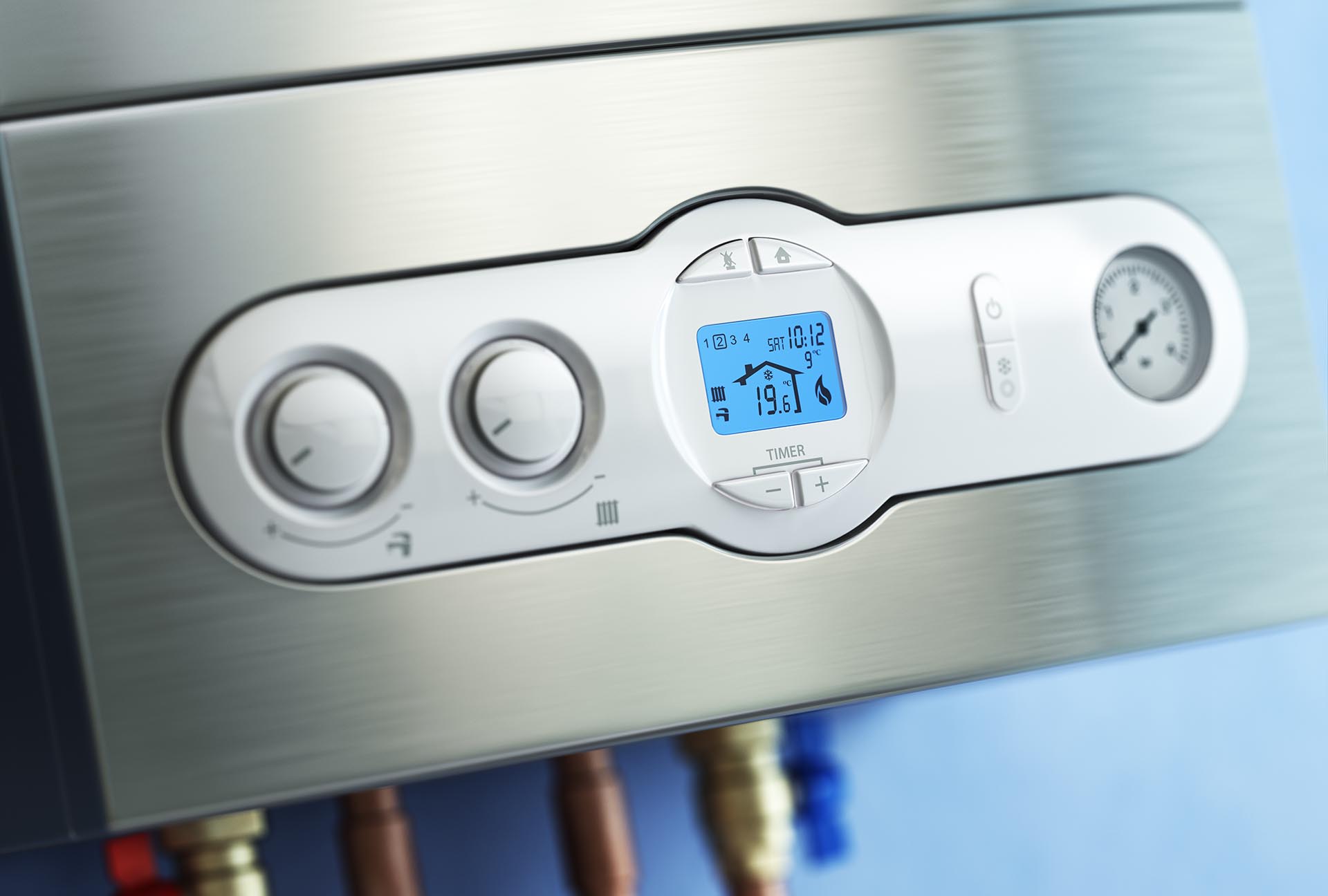
Energy prices on the increase
Typically, when looking to upgrade your heating system at home, we are looking at what is going to be the most reliable and cost efficient resource to keep us warm on those cold winter nights. However, 2022 has seen the
biggest price hike in energy prices ever recorded and it is set to increase by a further 50% come April. This new variant in the buying decision has caused many consumers to look for alternative means to heating their homes.
In this guide we will explore all heating options and which is the best for you in 2022.
Gas central heating
If your house is connected to the national gas grid, a gas-fired central heating system is usually the cheapest option for heating your home. However with the price rises this year, gas central heating is now on par with many other heating options available. The benefits pf a gas central heating system is that they have been around for years, meaning you will never be without help incase of a break down. Gas central heating boilers are typically not too costly to install and the market is inundated with gas safe registered plumbers providing this service to homeowners.
Biomass heating systems
Wood burning stoves are growing in popularity despite the
Clean Air Strategy
adopted by the Government which is in force as of this year. The new rules state that only dry wood must be burnt and put limits in smoke control areas. Wood burning stoves can be connected to a boiler to heat your hot water and the rest of your home. This is a great natural alternative to gas, electricity, oil or LPG. The downsides to this option is the cost of purchasing suitable logs or other government approved resources to burn efficiently.
Electric central heating
Night-storage heaters, coupled with Economy 7 or Economy 10 electricity tariffs, are the most common setup for electric central heating. Storage heaters are common in flats, especially new builds.
LPG central heating
Liquid Petroleum Gas (LPG) central heating is used to heat some homes. Delivered by tanker, it’s usually stored in a tank in the garden.
Oil central heating
The most common power for home heating systems in Northern Ireland, you’ll need a tank outside your home to store fuel for oil central heating.
Renewable heat
Another option for heating your home is generating your own energy from low or zero carbon microgeneration technology. Making your own heat, instead of using mains gas and electricity, or other fossil fuel heating, reduces your carbon footprint. It also means you’re less dependent on sources of energy that are increasingly subject to global demand, and are therefore likely to have high and volatile prices in future. Renewable energy heating systems include: wood burning stoves solar water heating systems heat pumps biomass boilers You can also generate your own electricity from solar panels, or wind turbines. Usually homeowners install
solar PV panels to power their electrical appliances, or even charge an electric vehicle, rather than to power central heating. Solar panels will generate most electricity during periods of bright sunshine, which are less likely to coincide with when you want to use your heating.
Round up
While gas central heating is still the most common option available to heat the average UK home. It is slowly becoming less affordable. The down payment on gas central heating is probably one of the lowest, but when taking into account the average monthly bill of £137 to use this resource, more people are turning to renewable options. Solar panels are starting to once again take an uplift in the UK after a 5 year low. Solar panels, once installed will provide the owner will additional free energy which can contribute to lower monthly costs.

